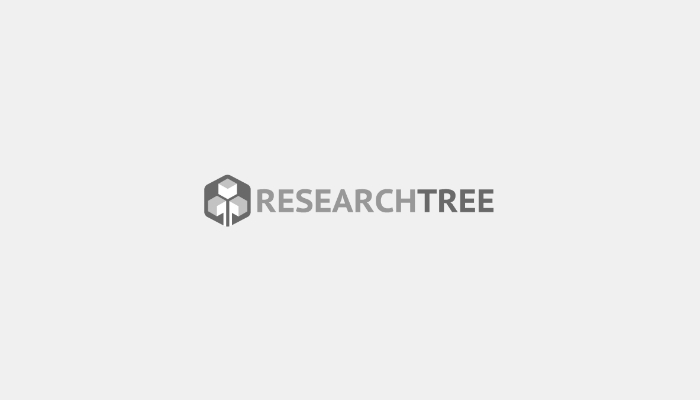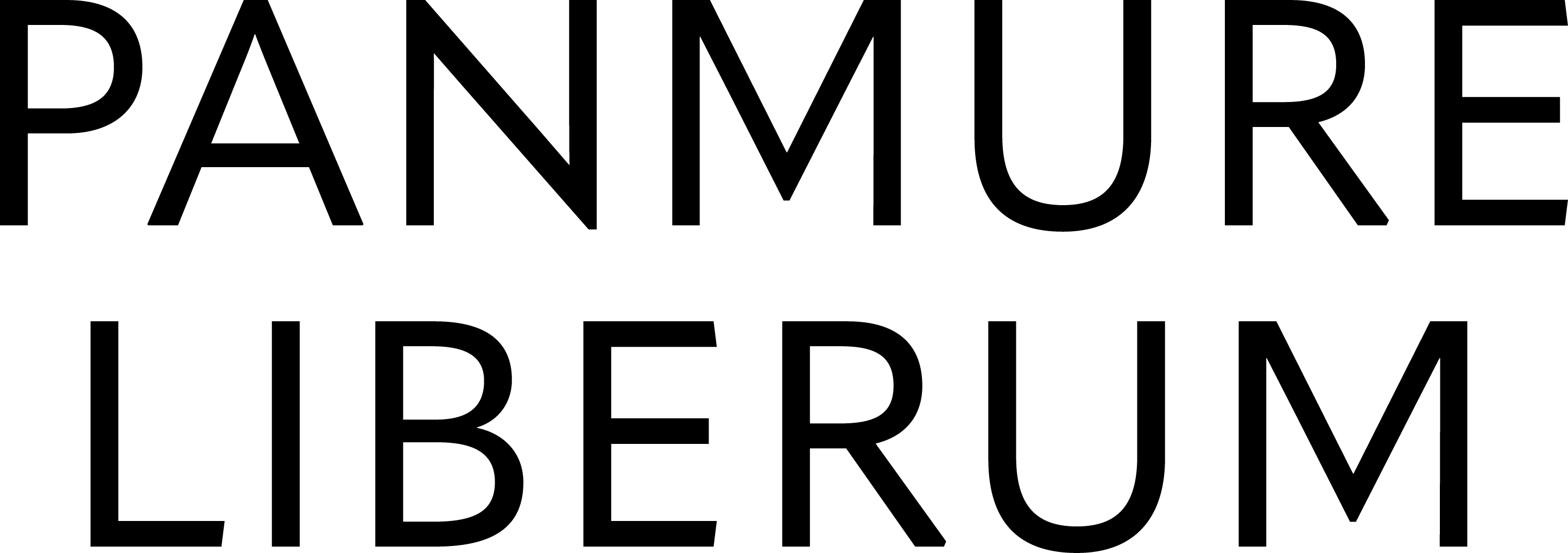Lower numbers of new issues has raised standard of companies coming to AIM
Companies: ADGRF, AFG, PRSM, ECP, MYE0
An extract from Northland Capital's AIM Journal - January
Lower numbers of new issues has meant the standard of the companies coming to AIM has been higher
There has been a focus on the lower number of new admissions on AIM in the past few years and a consequence of this has been the reduction in the number of companies on the junior market. This is perceived to be a negative by many but in reality it is not. The lower number of admissions has led to a higher quality threshold for flotations.
Although the market has performed strongly in each of the past two years, a limited number of companies have floated on AIM. There were 61 new entrants in 2015 and the number reached 64 in 2016 – still a relatively modest figure. However, the £1.1bn raised by new entrants in 2016 was lower than the £1.24bn raised in 2015. The money raised by existing companies was also lower than the £4.22bn raised in 2015, even though Sirius Minerals, alone, raised £370.2m.
December was not as active a month as had been expected. In fact, it was one of the least active Decembers in the current decade despite the early promise. US-focused oil and gas producer Diversified Gas & Oil, which has debentures quoted on Nex Exchange (ISDX), has delayed its flotation to January. It was set to raise $60m from an ordinary share issue on AIM, in order to pay of the debentures and fund further acquisitions, but this figure has been reduced to $40m.
Mongolia-focused property investor and cement manufacturer Asia Pacific Investment Partners also failed to join AIM before the end of December. These two companies would have pushed the amount raised by new admissions nearer to 2015 levels.
The number of UK-based flotations has increased, while international entrants has declined to the lowest level since 2009 when there were six international companies out of 36 new admissions. In 2016, though, international companies made up less than one-seventh of the total. This indicates that there is an increasing focus on UK businesses as Chinese companies in particular have fallen out of favour.
It should be noted, though, that some international companies float via a UK holding company so it is di cult to assess how many international companies have joined.
Flood
There were 982 companies, including readmissions, which joined AIM in 2005 and 2006. By coincidence that is the same number of AIM companies still on the market at the end of 2016.
While that level of new admissions makes great headlines, it rarely makes for good investments. Water is a good thing but a flood does no one any favours. There were good companies but the long-term perspective has been overshadowed by the food of companies that have done little or failed. This view still dominates the perception of AIM in many people’s minds, particularly rival exchanges that want to undermine AIM.
Even initially, the performance of most of these companies was not good.
Quality
Contrast that with the performance, at least in the short term, of the new entrants in the past two years. In 2015, the average gain of new entrants from admission was 12.7%, with a roughly even split of companies where the share price rose and those where it fell. The median rise was 4.1%.
In 2016, the vast majority of the new entrants had a higher share price at the end of the year.
AIM broker Stockdale Securities has published figures for the new entrants, excluding readmissions, and the performance was even better than in 2015. Stockdale identified 38 companies and seven of those fell, with the rest making gains.
Italy-based renewable power generator Cogenpower was more than 40% lower due to poor trading and changes in its strategy but most of the others were a few percentage points lower. In 2015, there were companies where the share price had slumped by 50% or more, including online media firm Adgorithms and China-based fish supplier Aquatic Food.
Interestingly, three out of the ten largest companies floating ended the year with a lower share price. It might have been thought that the larger companies should have a stronger
base and the downside risk would be lower. Most of the best performers had a market capitalisation of less than £50m.
The best-performing new entrant in 2016 was software robotics company Blue Prism, which was 470% ahead at the end of the year. Stockdale excludes this from its calculation and it still comes up with an average gain of 42%. The other strong performers include Franchise Brands, MaxCyte Inc, the winner of the AIM best technology award, and Hotel Chocolat.
There has certainly not been a drought when it comes to new admissions. In fact, there has been more fertile material.
AIM was 14% higher in 2016 but it was significantly outperformed by the new entrants. It should be noted, though, that the index is weighted by market capitalisation whereas the performance of new entrants does not take size into account. Hopefully, the quality of new companies will remain high even if this limits the number of flotations.









